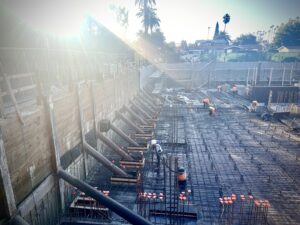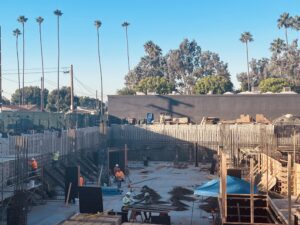The environmental impact of methane emissions are raising concerns regarding habitat shifts to human health issues. Methane is a potent greenhouse gas, which plays a major role in shaping our environment. Its release into the atmosphere contributes to climate change, leading to habitat shifts, extinction, and habitat loss. Additionally, methane’s influence extends to human health, causing respiratory issues, premature death, and interfering with tropospheric ozone levels, affecting crops, water quality, and air quality.
Habitat Shifts and Loss
Methane emissions contribute to climate change, leading to shifts in habitats and the loss of biodiversity. As global temperatures rise, ecosystems experience changes in temperature, precipitation patterns, and sea levels. These changes force species to adapt or migrate to more suitable habitats, disrupting ecological balance and potentially leading to extinction. Furthermore, rising temperatures can cause permafrost thawing, releasing additional methane and exacerbating climate change further. Habitat loss is another consequence of methane emissions. As climate change alters habitats, certain regions become less suitable for specific species, resulting in the loss of their natural habitats. This loss of habitat can lead to population declines and, in extreme cases, extinction.
 Human Health Concerns
Human Health Concerns
Methane emissions not only impact the environment but also pose risks to human health. One primary health concern associated with methane is its role in the formation of tropospheric ozone, a harmful air pollutant. Tropospheric ozone is formed when methane reacts along with nitrogen oxides and VOC’s found in sunlight. High levels of tropospheric ozone can lead to respiratory issues, including asthma and other respiratory diseases. Studies depict that exposure to elevated levels of tropospheric ozone can cause lung inflammation, decreased lung function, and increased susceptibility to respiratory infections. Long-term exposure to ozone has also been linked to premature death, particularly in individuals with pre-existing respiratory conditions.
Interference with Tropospheric Ozone
Methane emissions contribute to the formation of tropospheric ozone, which has far-reaching consequences for air, water, and crop quality. High levels of tropospheric ozone can damage crops, reducing yields and impacting food security. Ozone exposure can lead to decreased photosynthesis, stunted growth, and reduced crop productivity. Furthermore, tropospheric ozone can affect water quality by contaminating water bodies. When ozone reacts with water, it forms various harmful byproducts, including hydrogen peroxide and hydroxyl radicals. These byproducts can disrupt aquatic ecosystems and harm aquatic organisms. Air quality is also compromised by elevated levels of tropospheric ozone. Ozone is a major component of smog, contributing to poor air quality in urban areas. Prolonged exposure to high ozone levels creates respiratory issues, cardiovascular problems, and increased hospital admissions.
Closing thoughts
Methane emissions have significant environmental and health impacts. From habitat shifts and loss to human health concerns, the consequences of methane release into the atmosphere are far-reaching. It is crucial to address methane emissions through sustainable practices, such as methane capture and reduction strategies. By mitigating methane emissions, we can help combat climate change, protect biodiversity, and safeguard human health. It is imperative that governments, industries, and individuals work together to reduce methane emissions and create a healthier and more sustainable future for our planet.
